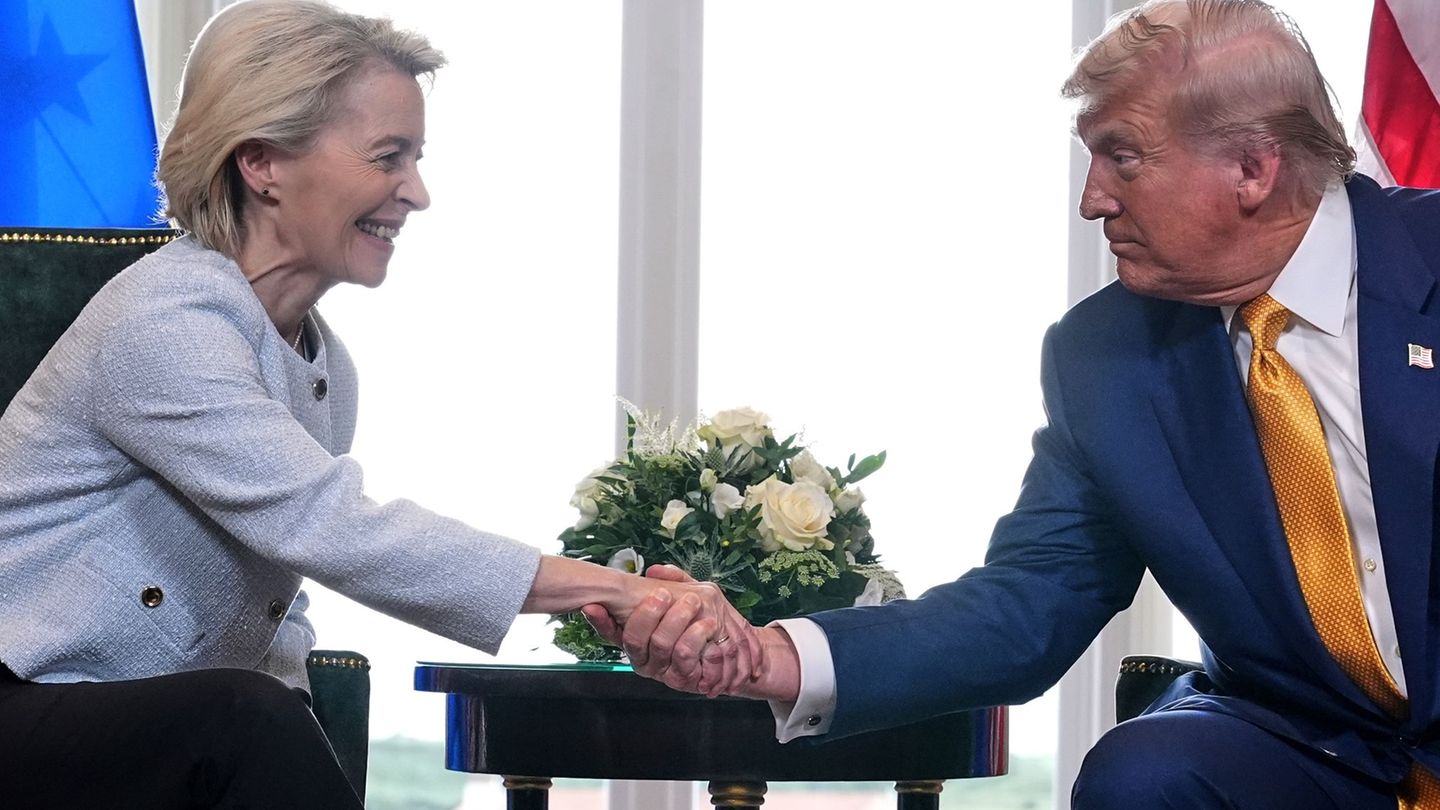I am an author and journalist who has worked in the entertainment industry for over a decade. I currently work as a news editor at a major news website, and my focus is on covering the latest trends in entertainment. I also write occasional pieces for other outlets, and have authored two books about the entertainment industry.
Menu
EU and the USA conclude customs deal: the “biggest deal”: that means the agreement in the customs dispute
Categories
Most Read
Separation from husband David Harbour: Lily Allen speaks of a “tough year”
October 26, 2025
No Comments
Eisi Gulp: Top fit at almost 70 years old
October 26, 2025
No Comments
Influencer Ana Johnson: She announces baby gender
October 26, 2025
No Comments
New love after the breakups?: Sophie Turner is said to be dating Chris Martin
October 26, 2025
No Comments
Pop star Florian Silbereisen: His family is also musically active
October 26, 2025
No Comments
Latest Posts

Costumes: Heidi Klum announces something “very ugly” for Halloween
October 26, 2025
No Comments
Lisa HarrisI am an author and journalist who has worked in the entertainment industry for over a decade. I currently work as a news editor

Olympia: Munich votes in favor of application via referendum
October 26, 2025
No Comments
PierceI am Pierce Boyd, a driven and ambitious professional working in the news industry. I have been writing for 24 Hours Worlds for over five

Formula 1: what time does the Mexican GP race start?
October 26, 2025
No Comments
October 26, 2025 – 15:44 Franco Colapinto had complications in qualifying with his Alpine and will start in 20th place. Franco Colapinto had a good
24 Hours Worlds is a comprehensive source of instant world current affairs, offering up-to-the-minute coverage of breaking news and events from around the globe. With a team of experienced journalists and experts on hand 24/7.

